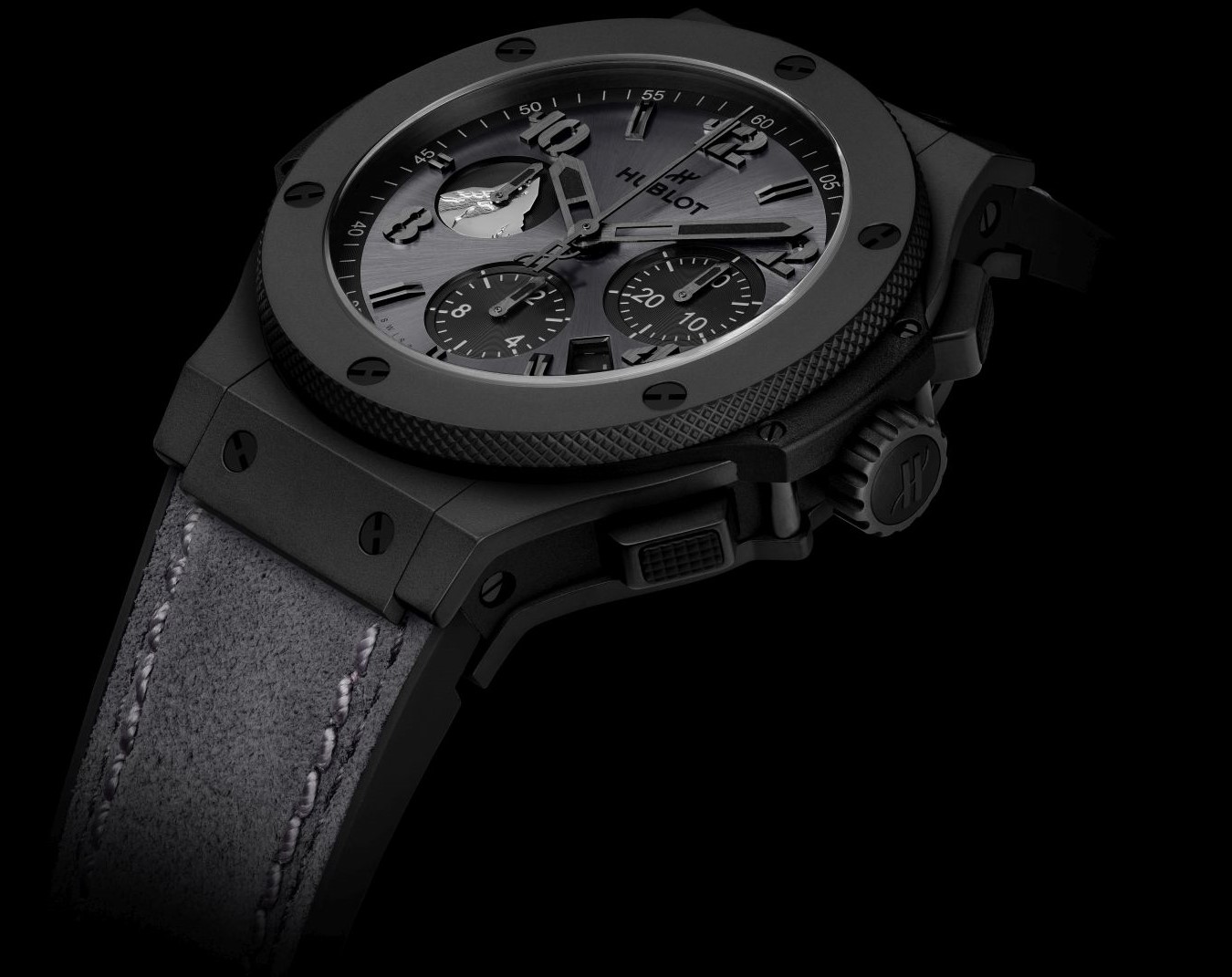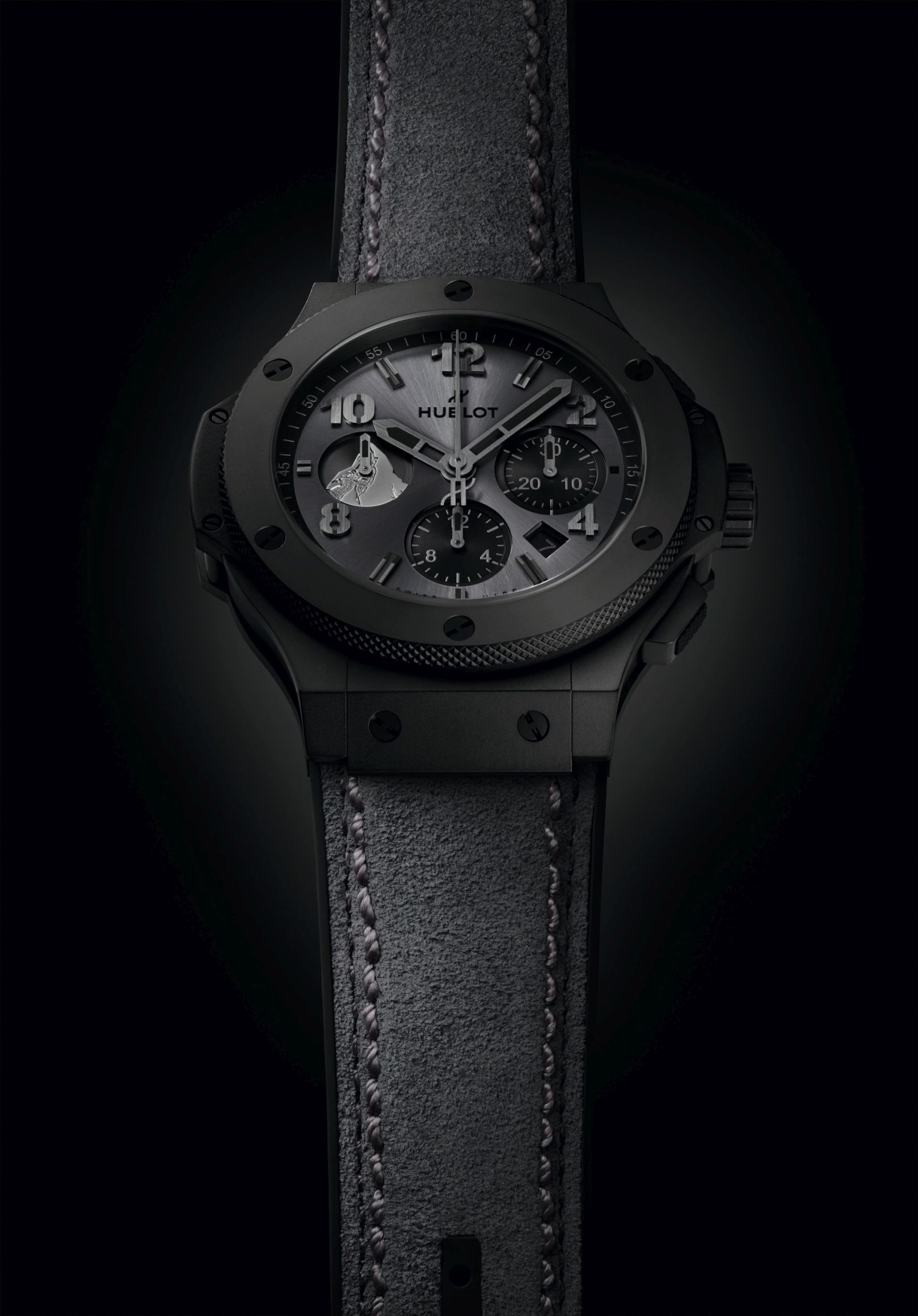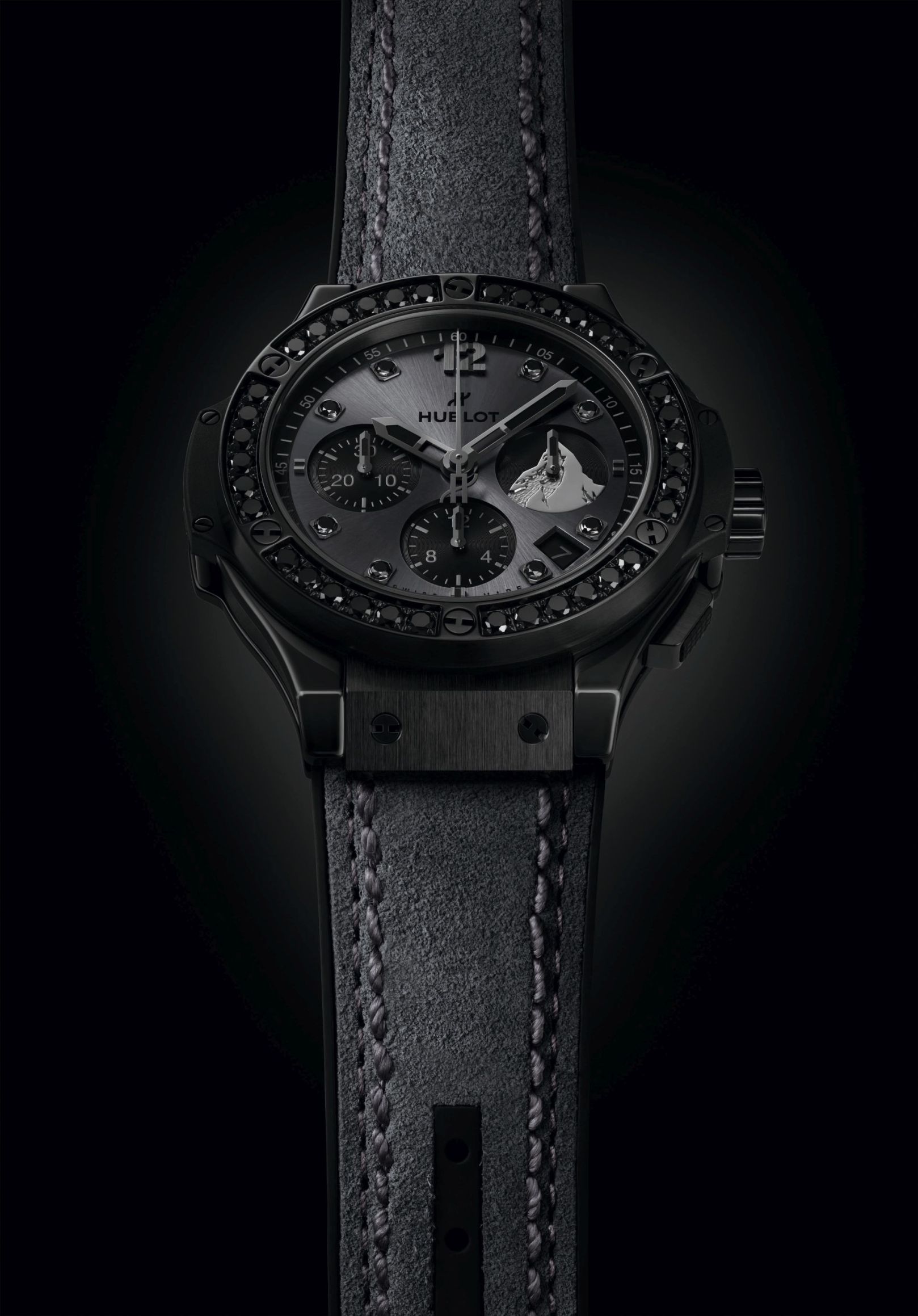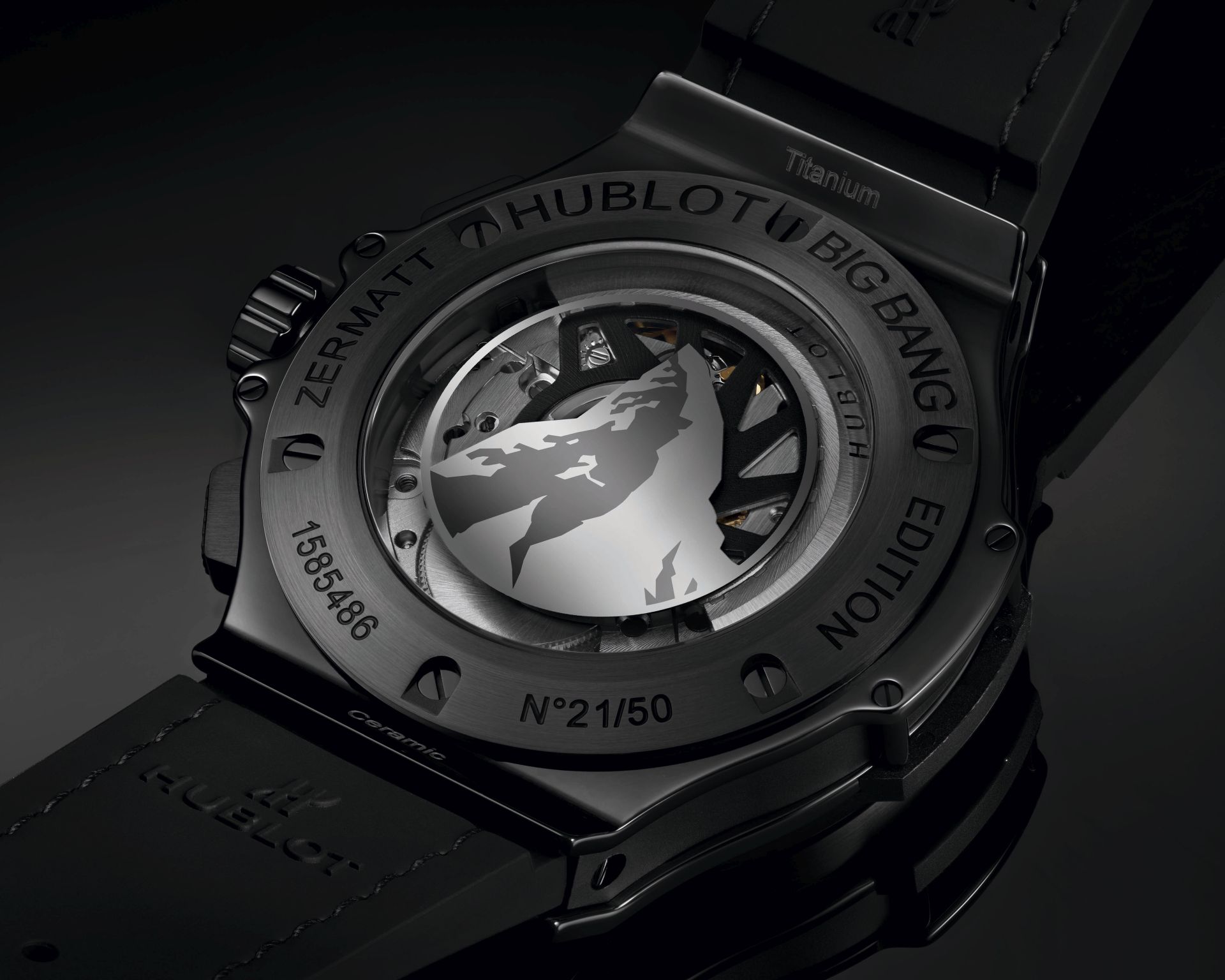BY HARLAN CHAPMAN-GREEN
Hublot’s new release is inspired by the Matterhorn, one of the most well-known of all the Alps. When I had a look, I was wondering what I was meant to say about these watches, and it got me thinking. There’s a really great program on the BBC’s iPlayer right now called Around the World in 80 Days and, no, it’s not just another interpretation of Jules Verne’s classic novel. Well, it technically is that, but it’s split into eight-hour-long episodes which gives it plenty of time to dwell on the details. I haven’t gotten all the way through it yet, in fact, as I’m writing this I’ve just finished watching the episode set in India and it was a cracker.
The story is set in the 19th century and features everyone’s favourite iteration of Doctor Who’s The Doctor play the role of Phileas Fogg. The story so far is rather excellent, as I mentioned, because this is an episodic set rather than a movie there’s plenty of time to get acclimated with each of the major stops that Fogg and his friends are travelling through. Not to give it away too much, but all sorts of events have taken place in England, France, Italy, Egypt and now India. One of the most defining features of Verne’s story is of Fogg taking a hot air balloon over the Alps. And so in comes our tie into the watches.
The new Big Bang All Black Zermatt watches pay tribute to the Matterhorn in their own way. According to my quick search of Googlepedia (or is it Wiki-oogle?), the Matterhorn is the 12th tallest of the Alps, although its near perfectly symmetrical outline makes it one of the most recognisable alongside Mont Blanc. Both watches feature the Matterhorn on their dials, in fact, that’s about the only thing that really stands out on the dials as the rest is matte black. It appears as though there is lume on the hands, although I’m not sure how brightly black-coloured lume shines.
Nevertheless, both watches are black as you like, which is becoming a more popular trend. The larger of the two has a 44mm x 14.1mm case made of matte black ceramic, while the smaller features a 41mm x 12.75mm case. That one also has eight black diamonds set on the dial with more within the bezel. Both are water-resistant to 100m.
Inside the larger is the calibre HUB4100 which is based on the ETA 7753 calibre and has a 42-hour power reserve. The smaller of the two uses the Hub4300 which is not based on the ETA 7753, instead, it’s based on the ETA 2894-2. The main difference between the two is the diameter and the jewel count, apart from that the beat rate and the power reserve (and most other details that matter) are the same. It’s nice that Hublot has covered the movement with a representation of the Matterhorn.
The larger is limited to 100 examples and costs €17,500, the smaller is limited to 50 examples and costs €22,500. Also, check out Around the World in Eighty Days, it’s a blast.
Visit Hublot here.







